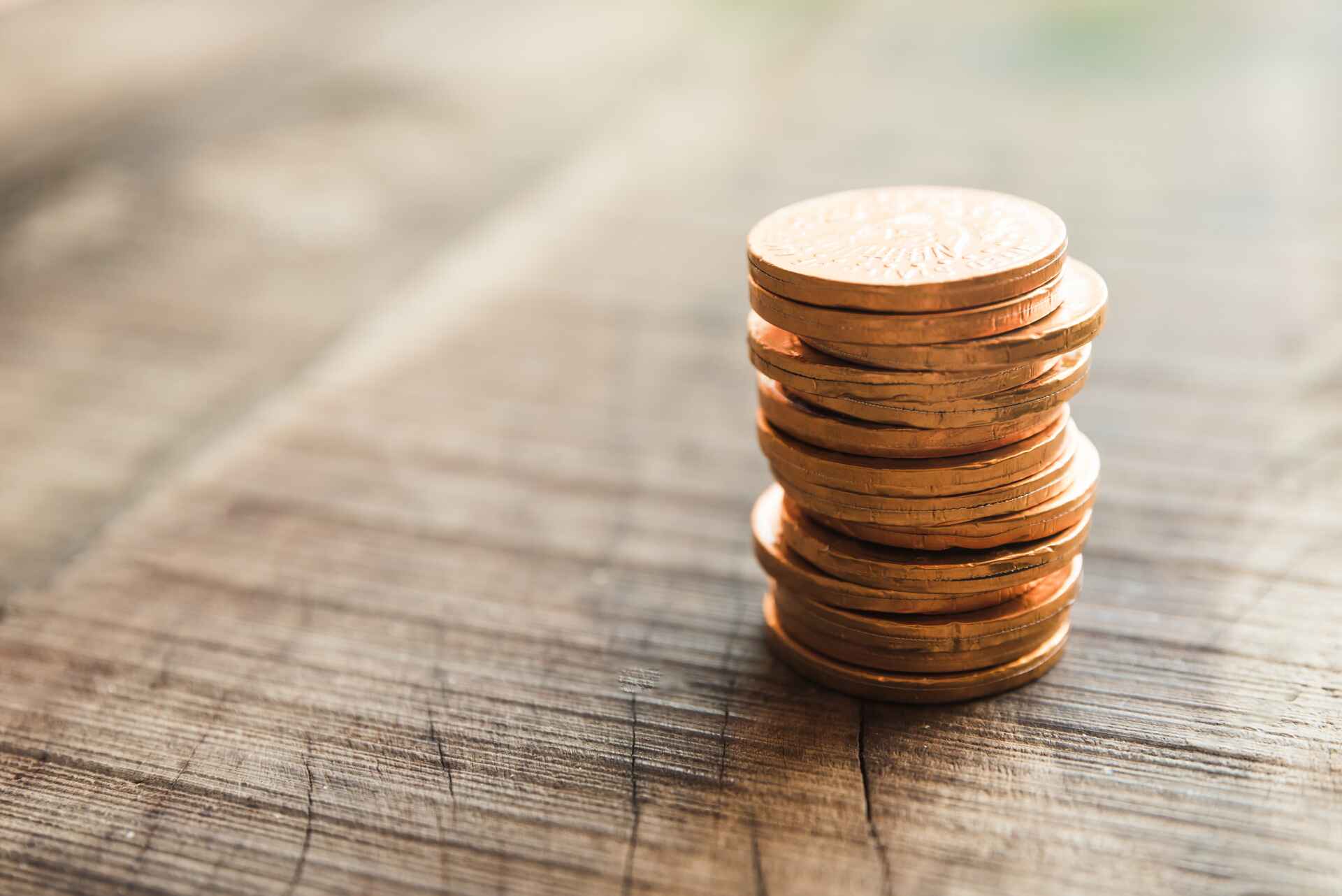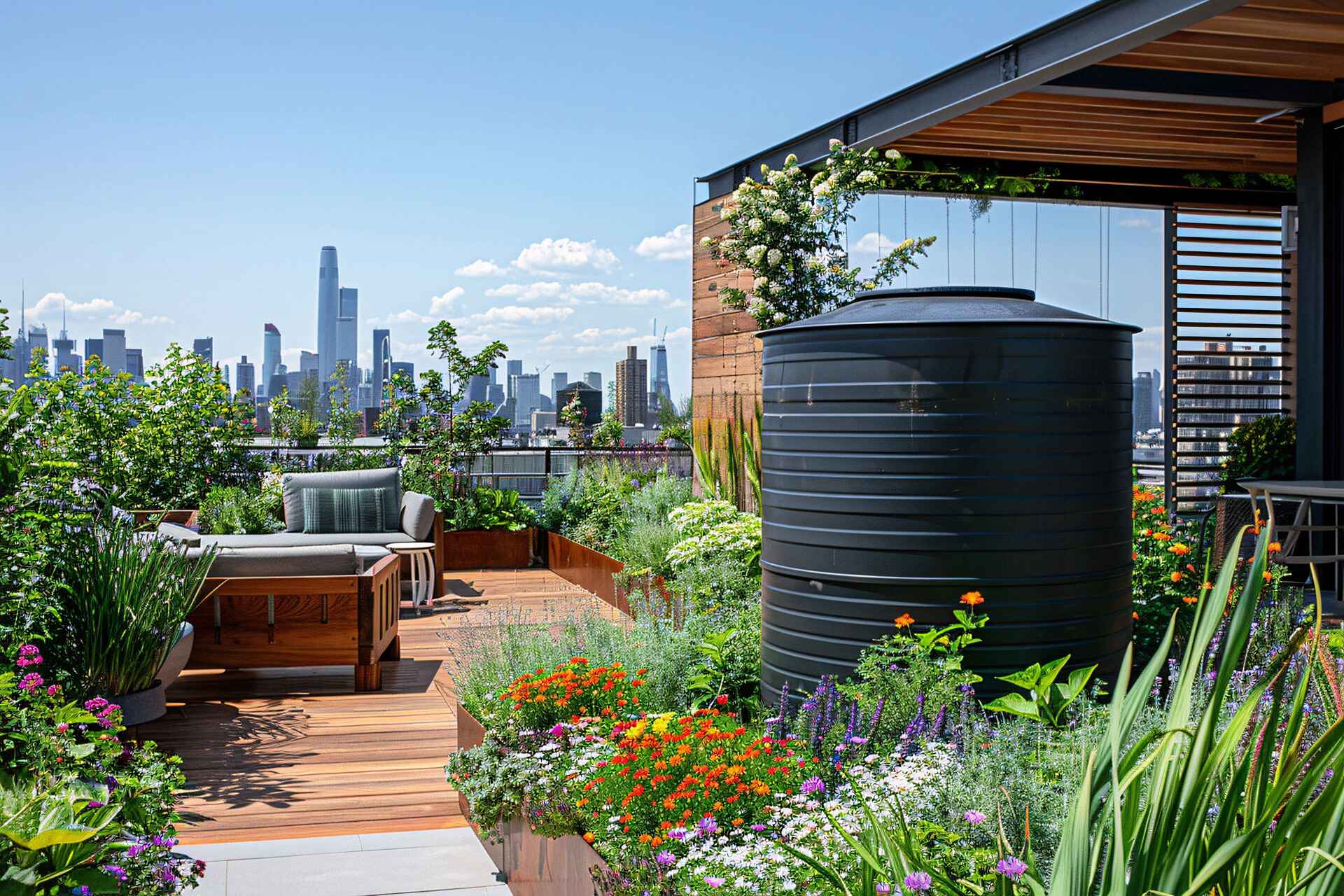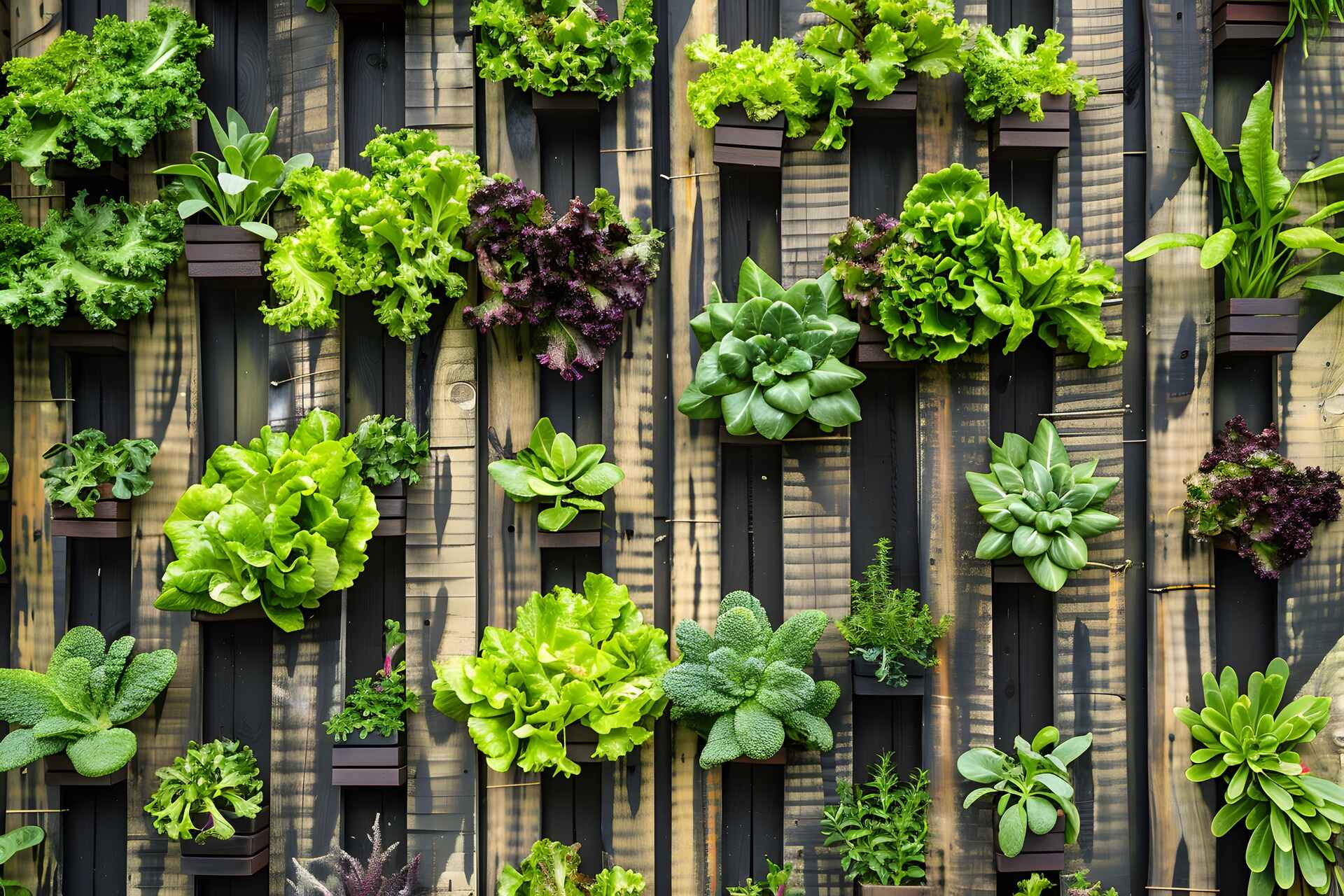What Are the Pros and Cons of a Green Roof?
Learn about the pros and cons of a green roof, including energy savings, cleaner air, biodiversity benefits, and challenges like cost and maintenance.
.webp)
Green roofs have many benefits, including clean air, improved environmental health, and economic aspects. However, they also have some disadvantages. These can include high installation costs, maintenance requirements, and other considerations.
Green roofs are a sustainable solution to the environmental challenges cities face today.
In Australia, climate and urban growth bring specific problems. This is where green roofs come in.
These rooftop gardens offer cleaner air, reduce energy use, and support local wildlife. They also create spaces for the community to relax and spend time in.
As cities work to fight climate change and make urban areas more livable, green roofs are a practical way to make a positive impact.
While green roofs offer many benefits, they also come with challenges. These include higher installation costs and increased maintenance requirements.
Water demand can be another factor, especially in Australia's dry regions.
If you want to know more about the pros and cons of a green roof, keep reading.
The Advantages of Rooftop Gardens
Installing a green roof on top of your building can come with many advantages. Here are the most important ones:
- Cleaner air
- Improved environmental health
- Economic benefits
- Wellness and social spaces
- Biodiversity support

Cleaner Air
Installing a green roof leads to cleaner air. But how do green roofs help purify the air? Key mechanisms include:
- The reduction of airborne pollutants
- Oxygen production
- Carbon sequestration
Green roofs contribute to cleaner air. They absorb pollutants such as nitrogen dioxide and particulate matter.
The plants on the roof act as filters. They trap dust, pollen, and particulate matter, which are common issues in urban areas.
Through photosynthesis, plants release oxygen into the atmosphere, contributing to healthier urban environments.
This can help offset air pollution.
In Australia, air pollution is often prevalent in populated cities.
Plants on green roofs absorb carbon dioxide (CO2). They can help to reduce the carbon footprint of a building.
It's true that each roof might make a small contribution. But widespread implementation of green roofs can lead to much cleaner air in general.
Improved Environmental Health
Green roofs can also lead to improved environmental health through:
- Stormwater management
- Mitigation of the Urban Heat Island Effect
- Better air quality
Green roofs can absorb rainwater. They can also reduce the volume and stormwater runoff. Roof-captured stormwater can carry pollutants through our stormwater systems and into waterways.
By filtering and slowing down the water, green roofs help protect local ecosystems. They can also improve water quality.
In cities, concrete, asphalt, and other materials trap heat, leading to higher temperatures.
Green roofs cool the surrounding environment. The local environment is much cooler than surrounding areas without plant life through the process of evapotranspiration.
This results in lower temperatures, improving the environmental health of urban areas.
Green roofs reduce the need for air conditioning. This lowers the building's energy consumption.
This is how green roofs indirectly reduce the emissions from power plants, leading to better air quality.
Economic Benefits
Many people think that green roofs are very expensive. But once installed, they can lead to various economic benefits:
- Energy savings
- Extended roof lifespan
- Increase in property value
- Tax incentives and rebates
Green roofs act as natural insulators, reducing heating and cooling costs.
In Australia's climate, this can mean high energy savings, particularly during hot summers.
In some cases, installing a green roof can lead to less air conditioning usage. This can result in lower electricity bills.
The vegetation on a green roof protects the underlying roof from extreme temperatures. They also protect your roof from harmful UV rays. These elements can cause conventional roofs to degrade faster.
Green roofs can extend the roof's lifespan, reducing repair and replacement costs.
Buildings with green roofs can also see an increase in property value. The reason for this is the environmental and aesthetic appeal.
The trend toward sustainability is becoming more and more prevalent. Especially for homebuyers and commercial property investors.
Some regions in Australia might offer financial incentives for the installation of green roofs. These involve grants or tax rebates.
This factor improves the economic outlook for property owners who adopt this technology.
Wellness and Social Spaces
Green roofs are not only good for the environment. They can also benefit the community.
Installing a green roof can help:
- Improve mental health
- Provide a recreational and community space
- Reduce noise
Studies show that exposure to green spaces can have a positive effect on mental health.
Green roofs provide areas of natural beauty. They can help reduce stress, anxiety, and depression.
This is especially important in urban environments where access to nature is limited.
In densely populated cities, green roofs can serve as communal areas. They provide space for social interaction, leisure, and relaxation.
This only applies to intensive roofs, which are made to be used and visited. Extensive green roofs, on the other hand, serve a more aesthetic and environmental purpose.
Commercial buildings can create rooftop gardens or social spaces for employees to gather. This can promote wellness and work-life balance.
Green roofs also act as sound insulators. They can absorb sound from both inside and outside.
This makes them particularly useful in noisy urban environments. Green roofs can contribute to a more peaceful and relaxing atmosphere for residents and workers.
Biodiversity Support
Green roofs can also help support the natural habitat for many plant and animal species.
They provide crucial habitats for various plants, insects, and birds. This is very important in urban areas where green spaces may be scarce.
They can serve as "stepping stones" for species moving through urban environments. This increases habitat connectivity.
With the global decline of pollinators, green roofs can serve as critical habitats for these species.
By planting pollinator-friendly vegetation, green roofs can help support these essential species.
In Australia, green roofs can be designed to include native plants that are suited to the local environment.
This can contribute to the conservation of local plant species. They can also help ecosystems that may be threatened by urban development.
In many cities, natural habitats have been destroyed by development. Green roofs offer an opportunity to reintroduce biodiversity in those cities.
The Disadvantages of Rooftop Gardens
While green roofs offer many benefits, they also come with some disadvantages.
These are some considerations to bear in mind. These are also the issues our industry is working hard to find solutions to:
- Higher initial cost
- Higher maintenance requirements
- Potential higher demand for water in some areas
- Weight considerations and the fact not all roofs can be fitted with a green roof

High Initial Cost
The installation of a green roof is typically more expensive than a traditional roof.
The installation costs can include:
- Structural reinforcement
- Waterproofing
- Adding the substrate (growing media)
- Plant selection
- Cost of materials
- Labour costs
Green roofs require specialised materials that increase upfront costs. These include waterproof membranes, root barriers, drainage layers, and a variety of plant species.
Installing a green roof requires skilled labour. It involves a complex layering system that traditional roofing contractors may not be familiar with.
The specialised nature of the work means that hiring experts is often necessary, which further drives up installation costs.
Evergreen Infrastructure has spent years travelling around the world, researching new technologies and installation methods.
We've worked with local universities to make sure we can keep this initial cost as low as possible.
Maintenance costs can increase through extra watering, adding water sensor technologies, and extra plant care in varying environments.
After severe climatic conditions, water can be expensive. This is especially true in regions where water is scarce.
Areas with limited or restricted access to the roof can also increase labour costs.
Maintenance Requirements
Unlike conventional roofs, green roofs need regular maintenance to keep the plants healthy. It's also important to make sure the roof system functions properly.
Regular maintenance involves:
- Watering
- Pruning
- Weeding
- Irrigation
- Fertilising
- Drainage
Depending on the type of vegetation, green roofs may need maintenance throughout the year, especially in harsh climates.
If you don't maintain the vegetation, it could result in poor performance. It can even damage the roof.
Proper drainage is critical to a green roof's performance. The drainage system must be regularly inspected to prevent blockages that can lead to water pooling or leaks.
Having to maintain your green roof regularly can incur extra costs, adding to the overall price of the roof.
When compared to ground-based landscapes, roof gardens provide just as much value to your property as traditional gardens.
Water Demand
Some green roofs may need a lot of water to keep the plants healthy. This depends on the growing media depth, location, and plant choice.
Australia is prone to droughts in many regions. So, maintaining a green roof might require significant water amounts, especially in arid areas.
It can also raise concerns about resource sustainability.
Adding drought-resistant plants or greywater systems can mitigate this.
Purple roofs, which can capture and store water, are ideal for areas where water is scarce. Compared to conventional green roofs, reducing irrigation input can add to overall installation costs.
But purple roofs are well worth the investment in the long term.
Weight Considerations
Green roofs are heavier than traditional roofs because of the growing media, water retention, and vegetation layers.
That's why they need extra structural support, especially for older buildings and buildings not designed to fit a green roof.
Not all buildings can be retrofitted with green roofs without expensive reinforcement. This can be costly and time-consuming.
The weight of a green roof can change depending on weather conditions.
After heavy rainfall, for example, the growing media will retain water, increasing its weight.
This fluctuation requires the building to be engineered to handle both dry and wet conditions. It may not be feasible for all structures.
Exploring the Pros and Cons of Rooftop Gardens
Green roofs offer a range of significant environmental, economic, and social benefits. They are an attractive option for sustainable urban development.
They improve air quality, energy efficiency, and biodiversity. They also provide recreational spaces for the community.
However, they also come with notable challenges. This includes higher initial costs, ongoing maintenance requirements, and water demand in dry climates.
If you want to install a green roof on your property, you need reliable green space specialists like Evergreen Infrastructure.
We have been working alongside the industry here and overseas, looking into ways to reduce installation costs to make sure green roofs can be an option for everyone.
We specialise in green roof design, installation and management.
With our help, you can have the rooftop garden of your dreams. Contact us today if you want more information about our green roof services.
{{cta}}
We create green oases in urban settings
We'd love to discuss how we can partner to bring innovative, sustainable solutions to your urban environment.
.webp)
.webp)
.webp)


